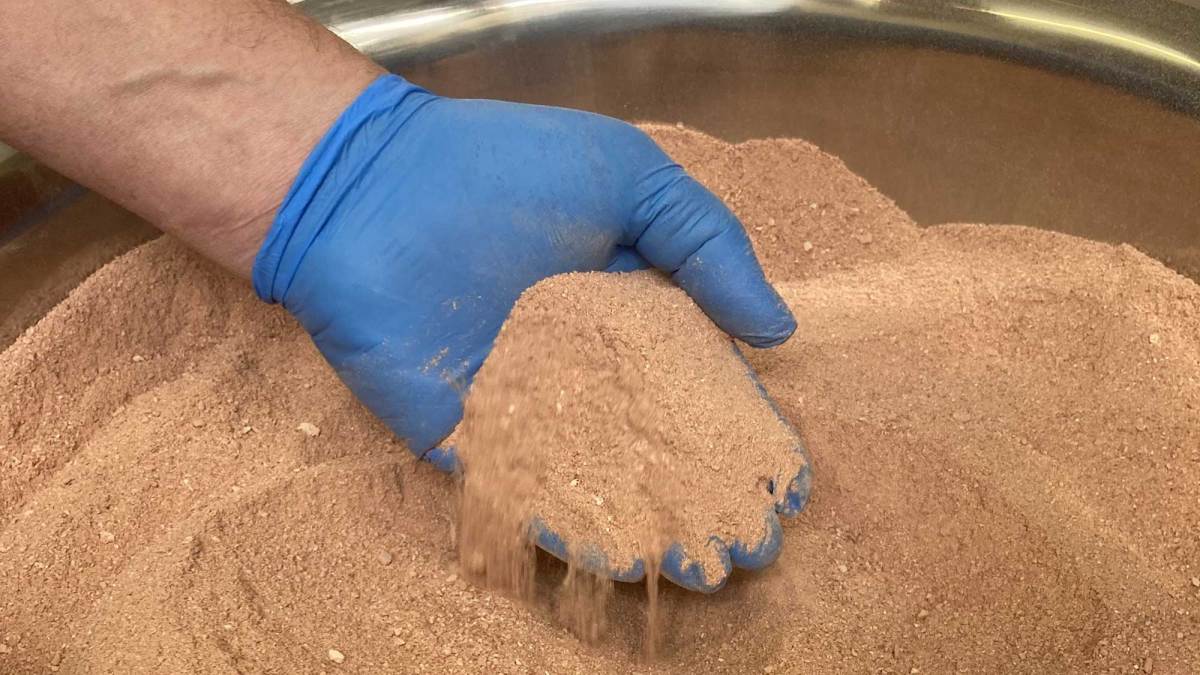The easiest way for a person to eat carbon dioxide is by consuming vegetables. David Tze wants his startup’s protein to be a close second.
Tze’s company, NovoNutrients, has been working on a way to use microbes to turn carbon dioxide into protein that can be used in food for humans and feed for animals. Now, Tze said the startup is working toward building a pilot plant in the San Francisco Bay Area that will produce protein for companies looking for alternative sources.
To support the construction, NovoNutrients has raised a $18 million Series A round from investors, including Woodside Energy, an Australian energy company, TechCrunch has exclusively learned. The final tally includes $3 million that Woodwiside had pledged last year.
NovoNutrients has spent the last year preparing for its pilot plant, Tze said, including refining its bioreactor design. Once complete, the pilot will use much of the same equipment as a future commercial scale plant, making it an important proving ground for its designs and microbial strains.
Novonutrients uses fermentation like other companies that turn carbon dioxide into more complex molecules. But unlike many of its competitors, it’s not using a big tank that resembles what you might see in a brewery. Instead, Novonutrients employs thinner cylinders that are looped, which Tze said helps lower the amount of energy needed to mix the gasses.
To produce those proteins, the company tailors the strains of microbes to digest waste streams with different gas mixes. For some products, the company can use synthetic biology techniques to improve the microbes’ stability and efficiency. But for natural products, Tze said, Novonutrients uses evolution and gives it a boost. “Our most relevant strain development is actually the fact that we are able to tailor the strains through natural, non-GMO means to the specific mixed gases that will be available at a particular partner site,” he said.
NovoNutrients plans to make most of its money not by building and operating commercial-scale plants, but by selling microbes along with the licenses to build, operate, and maintain the facilities. “We would also do marketing and business development for the products,” Tze said.
Getting to that point will take a bit of work, but Tze is confident that the pilot plant will produce the data needed to convince investors that a commercial-scale fermenter is worth the investment. The goal is to follow a “capital-light” path to market, he said.
In an unexpected twist, Tze said that he has spent more time talking with pet food companies over the last year.
“In part, this has been a reaction to the widespread, decreased confidence and interest in alternative proteins for people,” he said. “On the other hand, it’s that the pet food sector has been faster to recognize the benefits of alternative protein.” It doesn’t hurt that people spend big on their pets, with total expenditures rising 78% from 2013 to 2021, according to the U.S. Bureau of Labor Statistics.
“There are parts of the market where there’s a significant willingness to pay for ingredients including, but not limited to, hypoallergenic,” Tze said. Because NovoNutrients protein would be new in many pets diets, Tze said it shouldn’t pose a problem for pets with food allergies.
